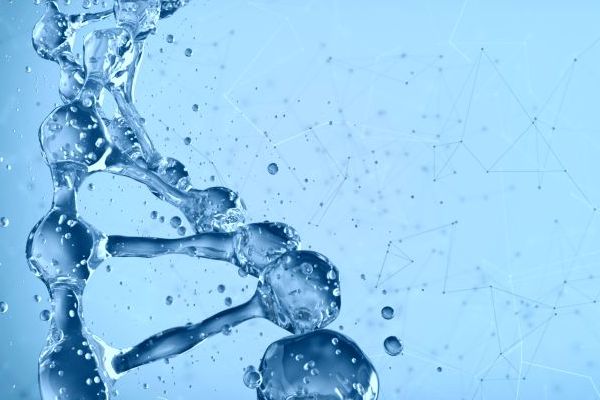1. Engineering networks and their reliability, technical equipment, spatial arrangement of technical equipment lines, principles of directional height lines.
2. Supply of appliances with drinking water, water supply systems, arrangement of distribution networks, height arrangement of water mains, water accumulation.
3. Water demand and its determination, non-uniformity of water demand, calculation of water demand, guide numbers of water demand.
4. External and internal fire water mains, the need for fire water, internal water mains, requirements for internal water mains and their calculations.
5. Construction of water supply networks, technical requirements, pipe materials, pipeline installation, corrosion protection, water supply connections.
6. Pressure tests of water pipes, water flow measurement, types of meters, meter readings.
7. 7. Operation of public water supply and sewerage systems, operating regulations, sewerage regulations, operational documentation and records, water quality control.
8. Water losses in pipe networks, causes of loss, search for hidden faults in water mains, repairs of faults in water networks.
9. Sewer networks, sewer systems, objects on sewers, connections, internal sewers, alternative methods of wastewater drainage.
10. Organizational arrangement of public water supply and sewerage, current state of the field, principles of economics of the field of water supply and sewerage.
11. Water law, Water Act, Water Supply and Sewerage Act and other related legal regulations.
12. Spatial planning, Building regulations, principles of investment process in water management, Administrative Code.
13. Renewal and evaluation of public water supply and sewerage infrastructure, renewal plans, trenchless technologies for renewal of water supply and sewerage networks.
2. Supply of appliances with drinking water, water supply systems, arrangement of distribution networks, height arrangement of water mains, water accumulation.
3. Water demand and its determination, non-uniformity of water demand, calculation of water demand, guide numbers of water demand.
4. External and internal fire water mains, the need for fire water, internal water mains, requirements for internal water mains and their calculations.
5. Construction of water supply networks, technical requirements, pipe materials, pipeline installation, corrosion protection, water supply connections.
6. Pressure tests of water pipes, water flow measurement, types of meters, meter readings.
7. 7. Operation of public water supply and sewerage systems, operating regulations, sewerage regulations, operational documentation and records, water quality control.
8. Water losses in pipe networks, causes of loss, search for hidden faults in water mains, repairs of faults in water networks.
9. Sewer networks, sewer systems, objects on sewers, connections, internal sewers, alternative methods of wastewater drainage.
10. Organizational arrangement of public water supply and sewerage, current state of the field, principles of economics of the field of water supply and sewerage.
11. Water law, Water Act, Water Supply and Sewerage Act and other related legal regulations.
12. Spatial planning, Building regulations, principles of investment process in water management, Administrative Code.
13. Renewal and evaluation of public water supply and sewerage infrastructure, renewal plans, trenchless technologies for renewal of water supply and sewerage networks.
